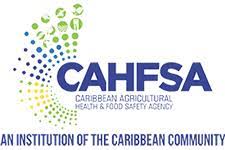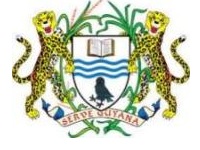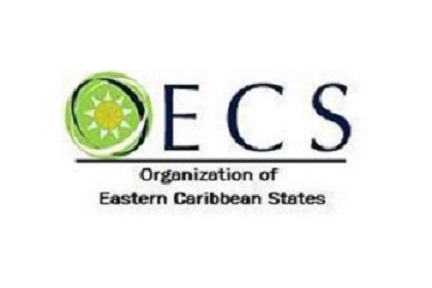Previously, it was thought that climate change would be a challenge in the future. However, it is currently a global problem that has been creating disruptions in agriculture. It has affected trade and tourism as well, for Caribbean countries that depend on it. The impact that climate change has had on biodiversity has severely altered many ecosystems. Other causes of biodiversity loss are overharvesting, pollution, changes in land and water use management, urbanization, population growth, and the spread of invasive alien species.
Biodiverse species that help to control soil biodiversity, pests and disease, and wild pollinators are under threat. These species are butterflies, bees, birds, and insects that contribute to keeping ecosystems in balance. The coastal ecosystems of the Caribbean regions are also under threat. It’s the newest threat is the Stony Coral Tissue Loss Disease (SCTLD) that can affect over twenty species of hard corals in the region. This disease can affect the unique coral reef ecosystems that the Caribbean are known for. Coral reefs are part of the biological pillars responsible for protecting the marine ecosystems in the Caribbean. Other biological pillars are mangroves and seagrasses.
Mangroves, rangelands, forests, coral reefs, wetlands, and seagrass meadows are key ecosystems that are essential to providing agriculture and food to countless species. However, they are declining rapidly. Humans depend on biodiversity for health benefits as well as goods and services that can be derived from ecosystems. These goods and services include fauna and flora and microorganisms that contribute to great medical discoveries. Losing biodiversity could reduce the discovery of treatments for future diseases and health problems. Biodiversity loss can also indirectly affect income, livelihoods, local migration and may exacerbate or cause political conflict.
Currently, biodiversity-friendly practices are being used in eighty percent of ninety-one countries. These include sustainable soil management, sustainable forest management, agroecology, agroforestry, organic agriculture, integrated pest management, and diversification practices in aquaculture. Additionally, ecosystem and fisheries restoration can help to restore coral reef systems.
Source:
CABI – Climate change and biodiversity
UNEP – Addressing mangrove restoration and Stony Coral Tissue Loss Disease in the Caribbean
FAO – The biodiversity that is crucial for our food and agriculture is disappearing by the day
WHO – Biodiversity and Health













